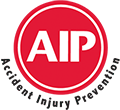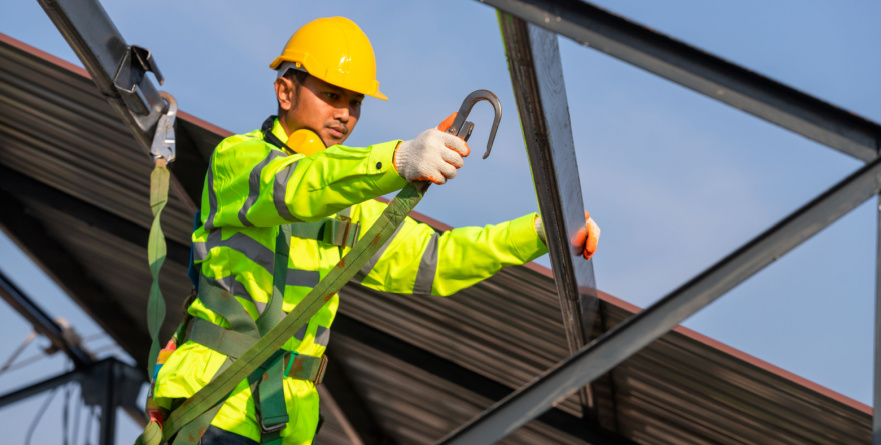Winter has arrived in Alberta, which means shorter days, chilly weather and an increased risk of falling or tripping. As one of the leading workplace hazards, winter-related occupational injuries result in missed work days for many employees across Canada.
Common Causes of Falls
According to the Canadian Centre for Occupational Health and Safety, statistics indicate that a significant majority (67%) of falls occur on the same level due to slips and trips, while the remaining 33% result from falls from heights. Falls from higher elevations, such as off ladders, roofs, or stairs, or from jumping to lower levels, are covered separately as each type of fall necessitates specific consideration in a fall prevention program.
Slips typically occur when there isn't enough grip between the footwear and the walking surface. Common slip-inducing factors include:
- Wet or oily surfaces
- Spills that are not immediately cleaned up
- Weather-related hazards like ice or snow
- Loose rugs or mats that aren't adequately secured
- Walking surfaces with inconsistent traction
Trips occur when a person's foot strikes an object, causing them to lose their balance and potentially fall. Common trip hazards include:
- Obstructed vision preventing a clear sight of the path
- Insufficient lighting in walking areas
- Clutter or debris in walkways
- Wrinkled or bunched-up carpeting
- Exposed cables or wires
- Drawers left open
- Uneven walking surfaces, such as steps or thresholds
Protecting Employees in the Winter
Understanding and mitigating these risks are crucial components of a comprehensive fall prevention strategy.
To combat these risks, employers must invest in safety measures and fall protection, going beyond legal requirements to address unique workplace hazards. This includes purchasing appropriate personal protective equipment (PPE), such as headlamps, quality footwear, and advanced face masks, and installing safety features like handrails and better lighting. Incorporating technology into PPE, like motion-sensor fall detection devices, is crucial, especially for lone and remote workers, ensuring immediate emergency assistance.
Fostering a safety-conscious work environment is vital. Employers should encourage open discussions about safety concerns, allowing workers to report workplace hazards. Being proactive and aware of potential fall hazards can significantly reduce the likelihood of accidents, ensuring a safer working environment for all. By addressing these issues head-on, employers not only comply with safety standards but also demonstrate a commitment to the well-being of their employees.
Fall Protection Training with AIP
Our Fall Protection Training Course, which is crucial for workers in various industries like plumbing, electrical, steelwork, warehousing, and construction, aligns with CSA Guidelines and OH&S regulations within Alberta.
This 4-hour Calgary-based course is vital for any worker involved in tasks at heights. It encompasses theoretical and practical aspects of fall protection, including fall arrest, fall restraint, and the use of guardrails. Participants will learn about equipment inspection, selection, and care, the difference between fall restraint and arrest, and the importance of proactive safety attitudes. While certification is valid for three years, regular updates are recommended for ongoing safety.
The course is also accessible online, offering flexibility for busy workforces. This training is not just a regulatory requirement but a commitment to preserving the well-being and safety of workers in high-risk environments. Book your spot for Fall Protection Training today.

